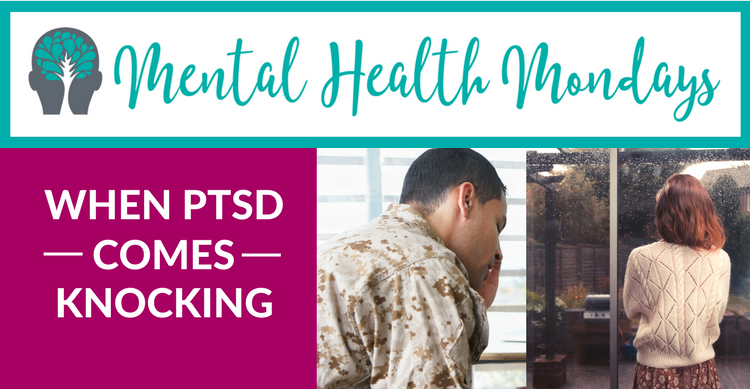By Dr. Nathalie Marie, Psychiatrist

Last Saturday, as I stood gazing at the sky for the Wings Over Houston air show, I was filled with awe at the planes flying above. The deafening sound of the jet engines and the pyrotechnic ‘booms!’ were all thrilling.
The man standing in front of me, however, was having quite a different experience. He stood trembling, with his back turned from all the action. He clenched a nearby pole, as his wife attempted to comfort him. Tears streamed down his face. Emblazoned on his army jacket read the words “combat veteran.” This man was suffering.
As a psychiatrist who worked at the Veteran’s Affair Hospital (VA), I have seen this struggle all too often. It’s the aftermath of exposure to actual or threatened death — this man had post-traumatic stress disorder (PTSD).
As we celebrate Veteran’s Day, I am humbled by the personal cost and sacrifice that our veterans have made. And the air show reminded me of how important it is to thank our veterans for their service.
PTSD explained
On average, 15 percent of veterans who served in Vietnam, Desert Storm and or Operation Iraqi/Enduring Freedom are thought to have suffered from PTSD at some point, according to the National Center for PTSD.
But PTSD is not confined to the military.
It can affect anyone who has had exposure to actual or threatened death, injury or sexual violence. In the civilian population, motor vehicle accidents and rape are the two most common causes. And in the wake of Harvey, we, along with many of our friends, might be feeling some or all of the symptoms associated with PTSD.
PTSD symptoms
Symptoms of PTSD can include intrusive memories, nightmares about the trauma and flashbacks in which a person feels they are reliving the threatening event. Many times people try to avoid memories of their trauma, or people, places and events that remind them of what they experienced. They may become irritable, depressed or angry and might even develop negative beliefs about other people and the world around them (i.e., no one can be trusted, the world is not a safe place).
How to treat PTSD
In my experience, both therapy and medication need to be the cornerstone of treatment. Antidepressants are first line for the treatment of PTSD because they lower the feeling of being on guard, or on edge, all the time. In therapy, we try to normalize the emotion from the traumatic event or tackle the negative thinking that surrounds a persons’ safety and issues of trust.
So what do you do when therapy or medications are not immediately at your fingertips?
I offer the same advice I gave to that combat veteran at the airshow: take a deep breath and know that you are in this present moment and you are safe. We call this mindfulness — focusing on the present and not reliving the pain of the past.
If you feel you are experiencing PTSD, know that with time those emotions may pass. But if they don’t, discuss your symptoms with a mental health professional to begin your road to recovery.

